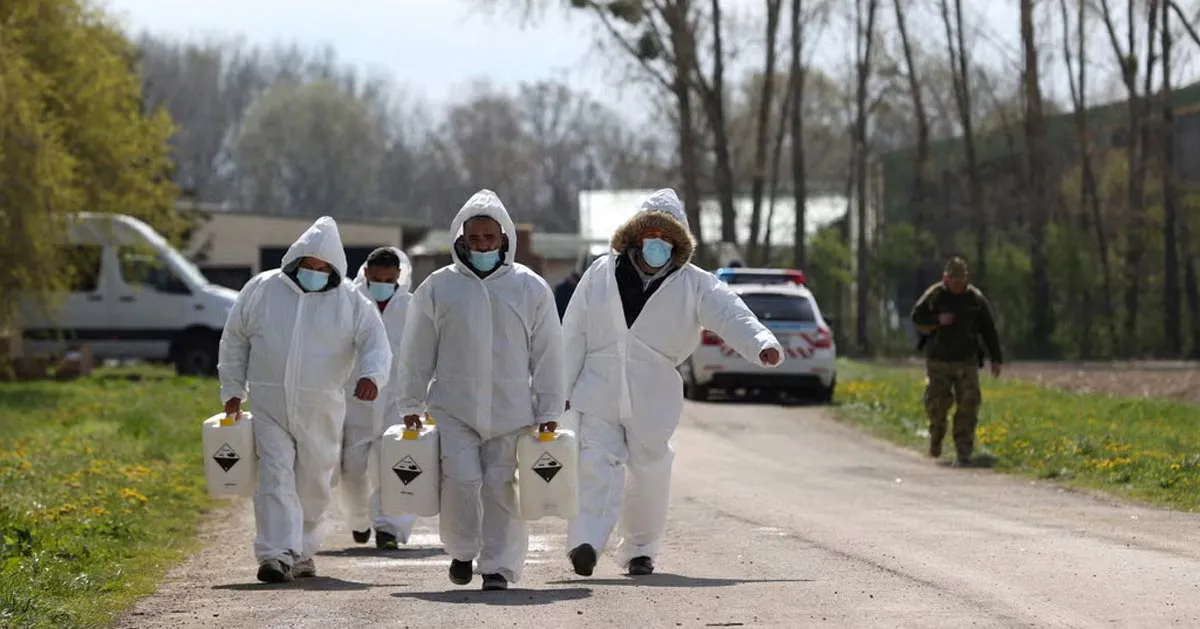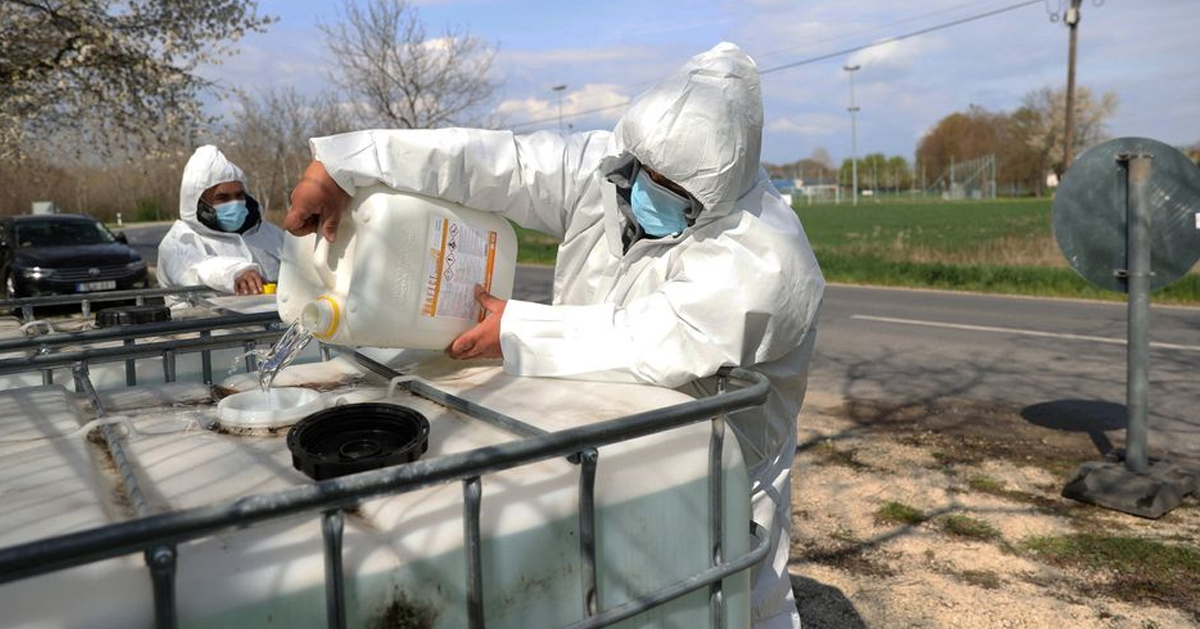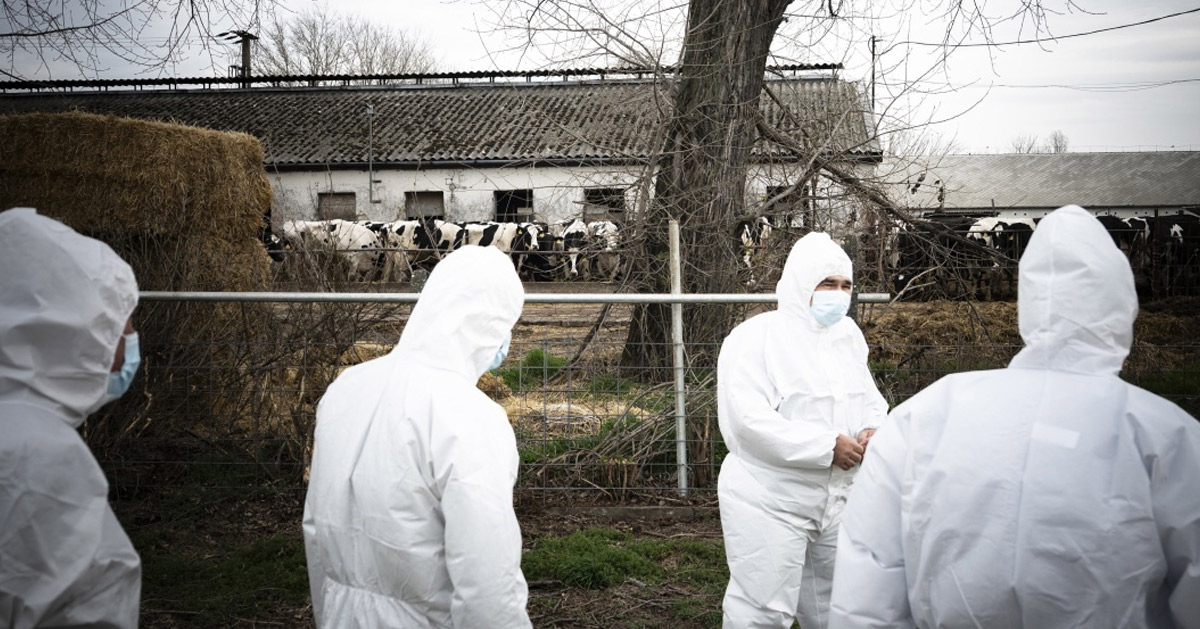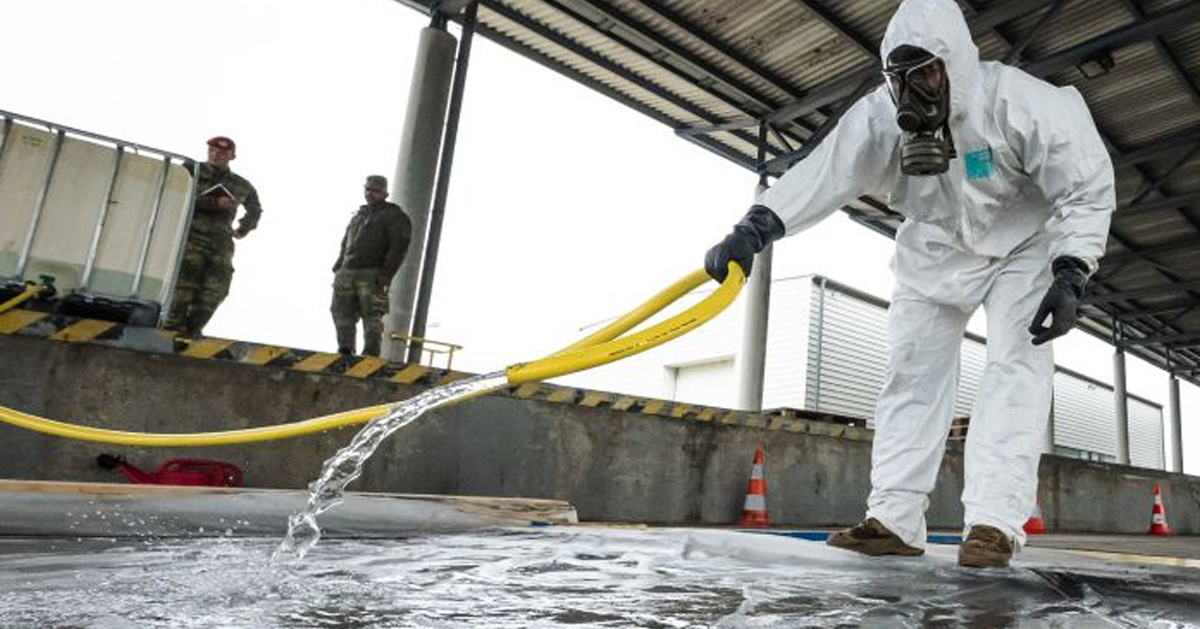
In a development that has raised alarm across the continent, Hungary has reported a rare outbreak of foot-and-mouth disease (FMD), prompting swift action from both local and international authorities. This marks the first time in over half a century that Hungary has faced the highly contagious livestock disease, and the impact has been immediate and severe.
Table of Content:-
Outbreak Triggers Border Closures and Emergency Measures
The outbreak was first detected in early March 2025 on a cattle farm near Kisbajcs, close to the Slovakian border. Since then, the virus has spread to several farms in the Győr-Moson-Sopron County, threatening livestock populations and agricultural economies. Reacting to the crisis, Hungary and neighboring nations have imposed emergency protocols, including sealing borders and suspending animal transport.

The World Organisation for Animal Health has confirmed the outbreak, which has also triggered large-scale culling operations. Thousands of cattle have already been slaughtered in a desperate attempt to halt the virus's spread. Farmers such as Paul Meixner, who lost over 3,000 animals, represent just one of many devastated by the disease.
Also Read: Drug Resistance Linked To 3 Million Child Deaths, Reveals Shocking Study
Hungary Hints at Bioterrorism
What has shocked many observers is the Hungarian government’s suggestion that the outbreak might not be natural. Gergely Gulyás, Prime Minister Viktor Orbán's chief of staff, indicated in a press briefing that officials have received unofficial information from a foreign laboratory suggesting the virus could be manmade. While no official culprits or motives have been identified, the claim has sparked fears of a potential biological attack targeting food security.
"This cannot be ruled out as a naturally occurring event. Evidence suggests we may be facing a deliberately engineered virus," Gulyás said. Though the findings are yet to be independently verified, the mere possibility has intensified scrutiny and concern across European borders.

Understanding Foot-And-Mouth Disease
Foot-and-mouth disease primarily affects cloven-hoofed animals such as cattle, pigs, sheep, and goats. Although not harmful to humans, the virus causes painful blisters in the mouth and on the feet of animals, leading to lameness, severe weight loss, and decreased milk production.
Transmission is swift, often through direct contact or contaminated surfaces, and can travel short distances through the air. The consequences are devastating—not only to the health of the animals but to farmers, the meat and dairy industries, and international trade.
Also Read: Over 1,700 Pounds Of Butter Recalled After FDA Detects Possible Faecal Contamination
Economic Repercussions and Continental Response
Hungary’s livestock accounts for about 1.2% of the European Union’s cattle inventory, and any disruption in its production sends ripples through supply chains. Countries in the region have suspended meat imports from Hungary, and border inspections have intensified. The mass culling of infected and at-risk animals is expected to result in significant economic losses.

European authorities are collaborating with Hungarian officials to monitor and contain the spread. Disinfection campaigns and surveillance of nearby farms are ongoing. Several EU member states have also issued travel advisories and are conducting independent investigations into the origin of the virus.
Is There a Risk to Humans?
Experts maintain that foot-and-mouth disease poses minimal risk to humans and rarely transmits to people. However, the broader implications are more troubling. A single outbreak can trigger a domino effect—crippling economies, forcing governments into crisis mode, and disrupting international trade.
What makes this outbreak particularly worrying is the suspicion of intentional release. If proven, it could redefine how countries perceive biological threats and respond to agro-terrorism.
Bottomline
This resurgence of foot-and-mouth disease is more than just an animal health crisis—it is a reminder of the fragility of global food systems and the urgent need for stringent biosecurity protocols. Whether natural or engineered, the outbreak underscores the importance of international cooperation, early detection, and transparent communication.
As Europe locks down to contain the crisis, the world watches closely—hoping this won’t become the template for future threats.
Also watch this video
How we keep this article up to date:
We work with experts and keep a close eye on the latest in health and wellness. Whenever there is a new research or helpful information, we update our articles with accurate and useful advice.
Current Version